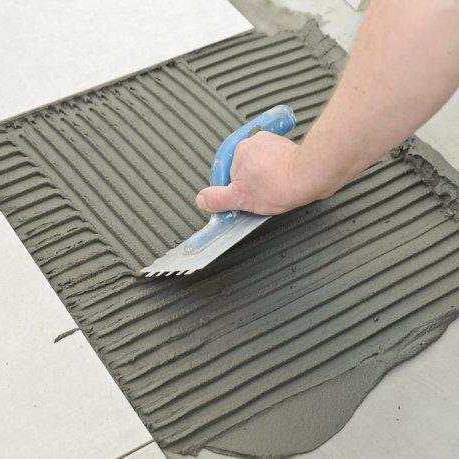
Oct . 22, 2025 15:10 Back to list
VAE Powder for Mortars & Adhesives – High Adhesion, Flexible
RDP Insights: Real-World Notes from the Construction Chemistry Beat
If you work with tile adhesives, EIFS basecoats, or self-levelers, you’ve probably crossed paths with Vae Powder. I’ve walked a few plants and job sites this year, and—honestly—the shift toward robust, lower-MFFT RDPs is obvious. Contractors want longer open time without losing early strength. Lab folks want consistency. Finance? Lower total cost of formulation. Not always easy to balance, but here’s what’s shaping up.

Industry trend check (the short version)
Three signals keep popping up: 1) demand for Vae Powder with very low minimum film-forming temperature (≈0–5°C) for cold starts; 2) higher fineness (80–120 mesh) for better dispersion; 3) tighter QC around moisture (≤5%) because clumping kills downstream efficiency. Many customers say they’ll pay a bit more if the open time and adhesion are reliable week after week. Surprisingly, the extra costs are often offset by fewer job-site callbacks.
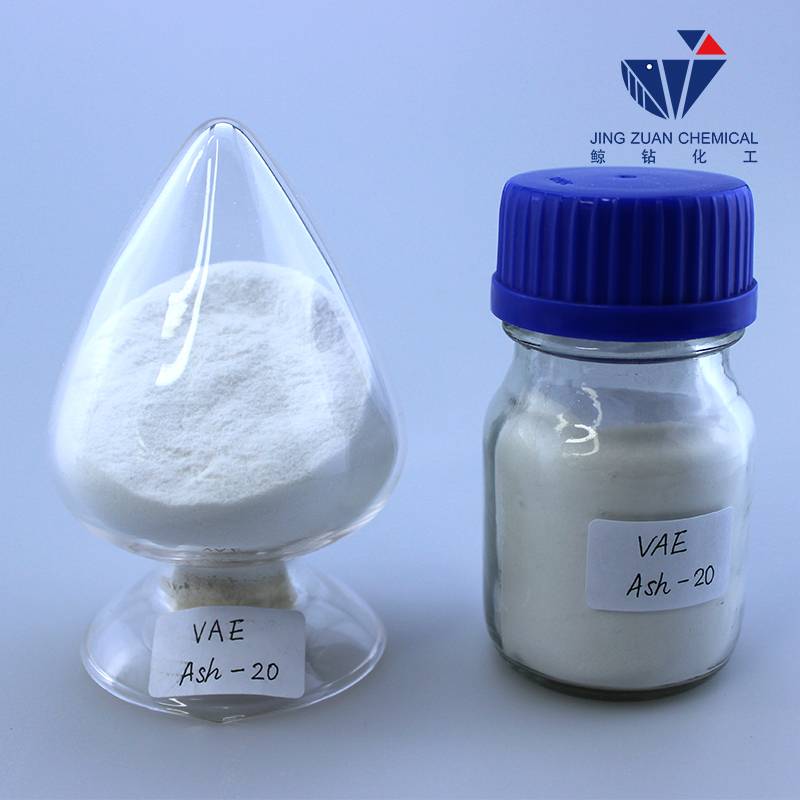
Product snapshot: RDP (VAE copolymer)
| Parameter | Typical Value (≈, real-world use may vary) |
|---|---|
| Chemical name | Redispersible Polymer Powder, VAE |
| Molecular formula | (C2H4)x(C4H6O2)y |
| Moisture | ≤5% |
| Residue (ash) | 12–25% |
| Fineness | 80–120 mesh |
| Min film-forming temp (MFFT) | 0–5°C |
| Origin | NO.1 BUILDING, TECHNOLOGY CERTER, HIGH-TECH ZONE, SHIJIAZHUANG CITY, HEBEI PROVINCE, CHINA |
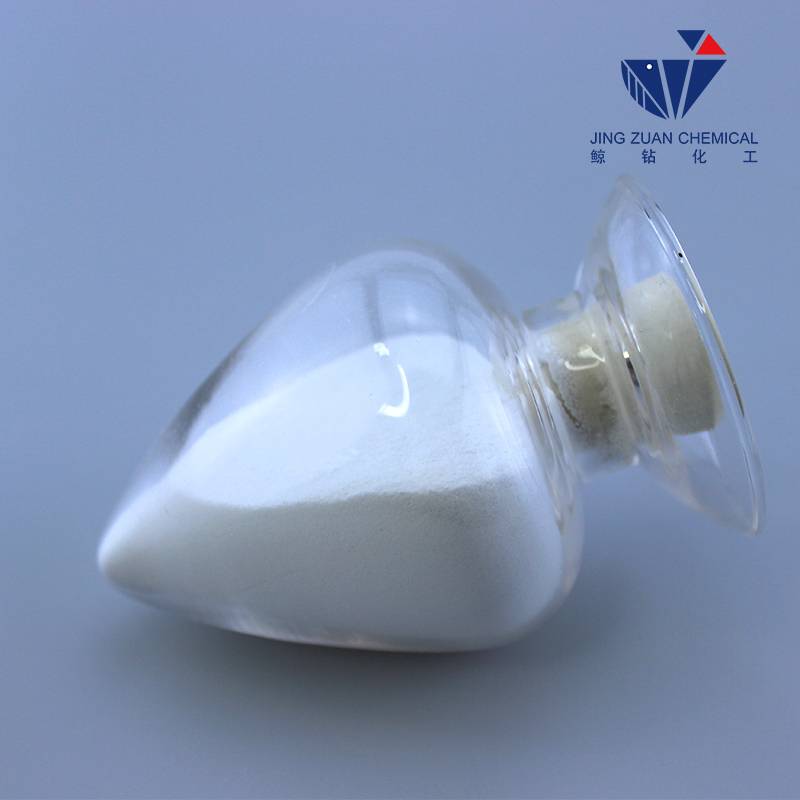
How it’s made and qualified (quick process flow)
- Materials: VAE latex, protective colloid (e.g., PVA), plasticizer, anti-caking agent.
- Method: Emulsion polymerization → filtration → spray-drying → screening (80–120 mesh) → packaging.
- Key tests: Moisture (oven), fineness (sieve), MFFT (film plates), adhesion in mortar per EN 12004/EN 1348; pull-off per ASTM C1583; open time per EN 1346.
- Service life: 12 months sealed and dry; in cured mortar, durability commonly >10 years depending on exposure and mix design.
- Industries: Tile adhesives, EIFS/ETICS, repair mortars, self-leveling underlayments, flexible grouts, wall putties.
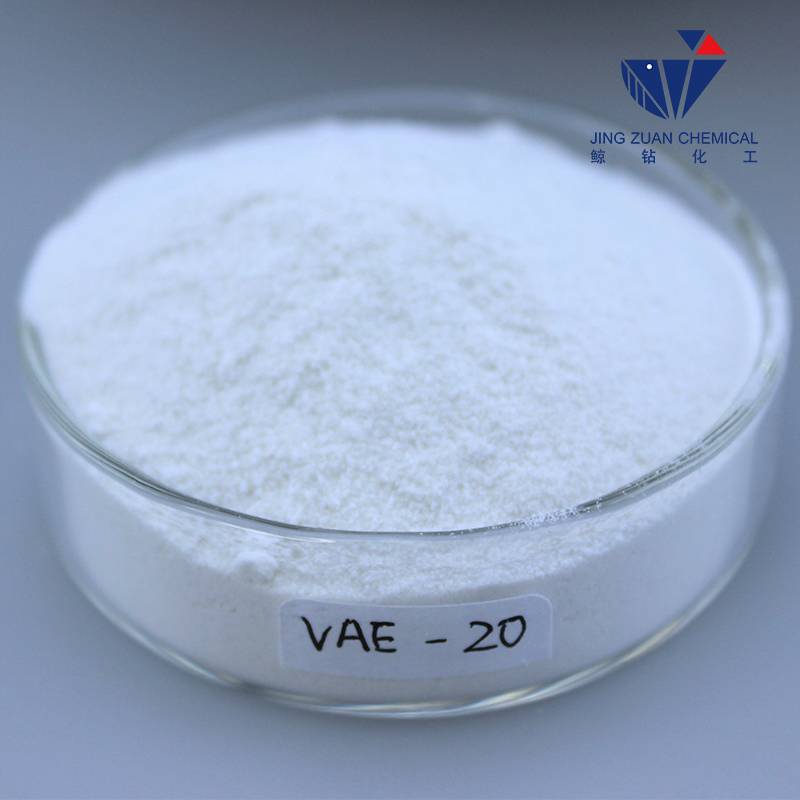
Where it shines (and why specifiers care)
In tile adhesives, Vae Powder boosts tensile adhesion after water and heat, extends workable time, and cuts slip. In EIFS, it improves impact resistance and flexibility. In self-levelers, it helps with cohesion and abrasion resistance. Field mixers tell me it “just wets out faster,” which is a polite way of saying fewer lumps and less mixing drama.
Sample internal lab data (C1T to C2TE upgrade attempt):
- Dosage: 2–4% on dry mix; water demand +1–2%.
- Tensile adhesion after water immersion: ≈1.0–1.3 MPa (EN 1348).
- Open time (EN 1346): +10–15 min vs. control.
Vendor snapshot and customization
| Vendor | Spec focus | Certs | Customization | Lead time ≈ |
|---|---|---|---|---|
| JZ Chemical (RDP) | MFFT 0–5°C; moisture ≤5%; 80–120 mesh | ISO 9001 | Ethylene content tuning, anti-caking level, packaging 25 kg/pp | 2–3 weeks |
| EU Brand A | Ultra-low dusting; tight ash window | ISO 9001/14001 | Broad grades, premium pricing | 3–5 weeks |
| Local Trader | General-purpose stock | Varies | Limited | 1–2 weeks |
It seems that buyers value stable MFFT and good de-foaming more than ultra-slick branding. To be honest, after-sales technical tweaking on your exact cement and sand often matters more than a minor spec delta.

Case note: humid-climate tile adhesive
A coastal contractor reformulated with Vae Powder at 3% dosage. Result? Open time increased ~12 minutes, slip reduced noticeably, and tensile adhesion after water rose from 0.6 MPa to ~1.2 MPa (EN 1348). Crew feedback: “tiles sit where we put them, even on warm afternoons.” Not a lab miracle—just steady, predictable performance.
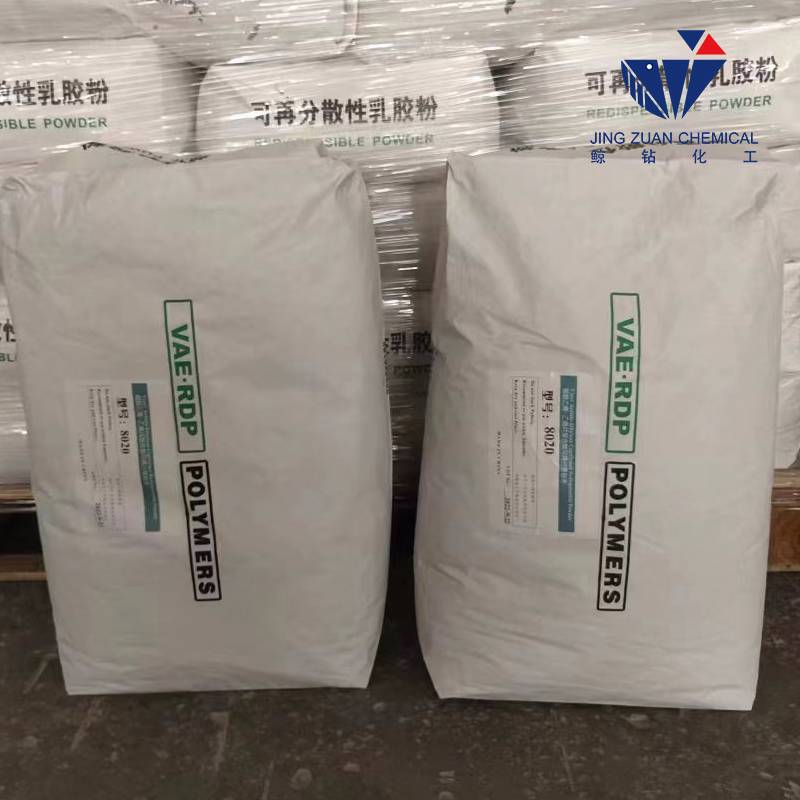
Final checks
- Align with EN 12004 for tile adhesives class targets (C1/C2, T, E).
- Use ASTM C1583 pull-off to benchmark site-substrates; it prevents surprises.
- Request retained samples and COAs; moisture ≤5% and fineness verification save headaches.
Authoritative citations
- EN 12004: Adhesives for tiles—Requirements, evaluation of conformity, classification.
- EN 1346 / EN 1348: Determination of open time and tensile adhesion strength for tile adhesives.
- ASTM C1583: Standard Test Method for Tensile Strength of Concrete Surfaces and the Bond Strength of Repair Materials.
- ISO 9001: Quality management systems—Requirements.
-
Cellulose Ether | High Purity, Fast Hydration, Stable Flow
NewsNov.17,2025
-
Cellosize HEC Thickener – High Purity, Fast-Dissolving
NewsNov.17,2025
-
Cellulose Ether: High-Purity Liquid Thickener, HEC Cellulose
NewsNov.17,2025
-
VAE Powder (RDP): High Adhesion & Flexibility for Mortars
NewsNov.17,2025
-
Cellulose Ether: High Purity, Fast-Dissolving, Stable Flow
NewsNov.17,2025
-
Cellosize HEC Thickener – High Purity, Fast-Dissolving
NewsNov.11,2025




